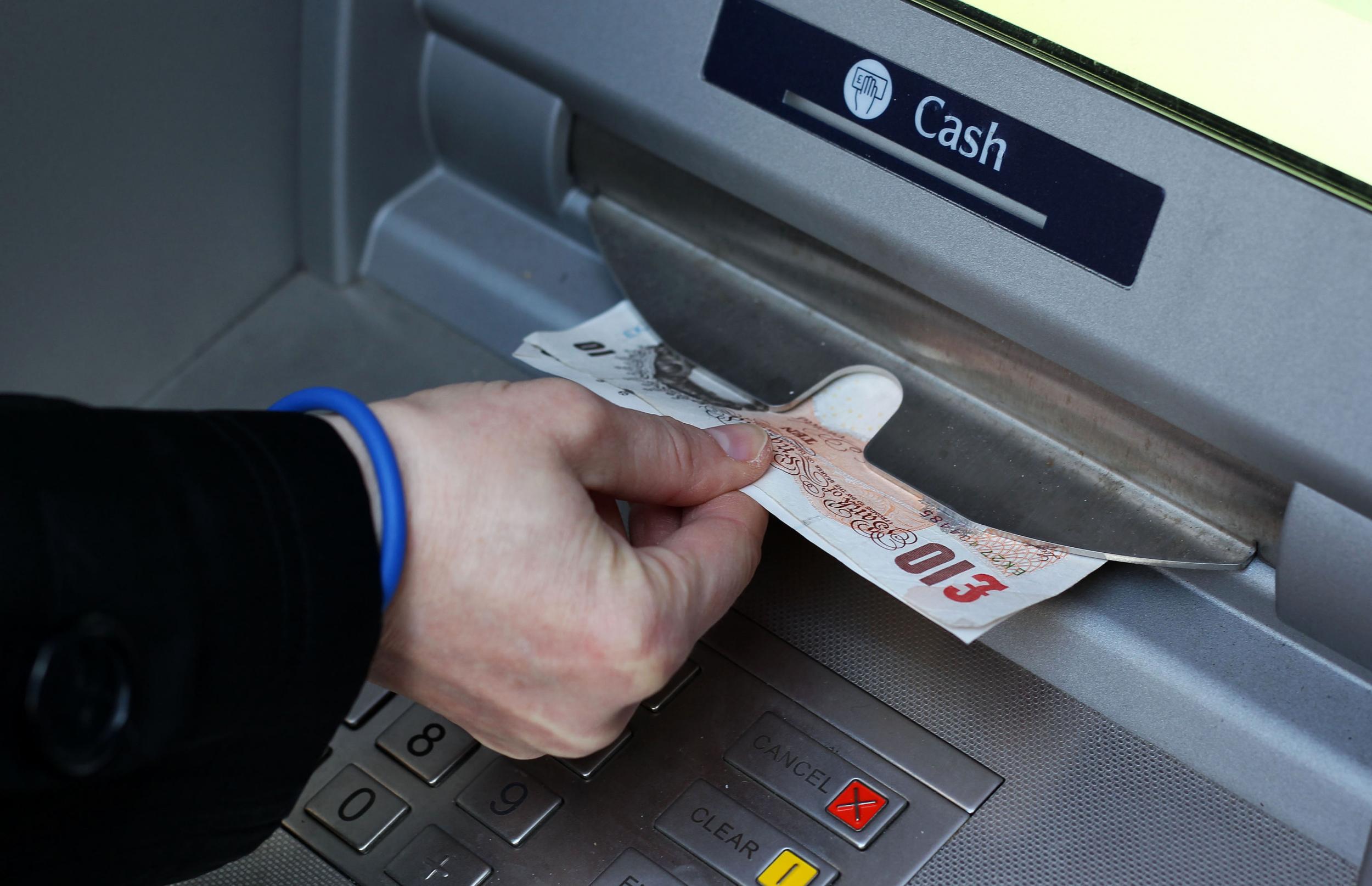Cash is not dying out, despite rise of cryptocurrencies and contactless payment, report finds
Amount of cash in circulation actually rose from 7% of global GDP in 2000 to 9% in 2016

Cash is not dying out, despite the increasing use of mobile phones and contactless payment for purchases, according to a group of the world’s central bankers.
The Bank for International Settlements (BIS) said in its latest report that the amount of cash in circulation actually rose from 7 per cent of global GDP in 2000 to 9 per cent in 2016.
There has been much debate in recent months about whether traditional cash will be replaced by virtual equivalents. Some cryptocurrency evangelists have claimed that cash is a relic of the past while payments systems operators in the UK have argued that the number of ATMs required is lower than in the past because people are making fewer purchases with notes.
But the BIS’s analysis counters those claims. It found that, while the number of cash machines has remained stable for many years in developed countries, the number across the world has surged, particularly in China and Russia.
“Some of the breathless commentary gives the impression that cash in the form of traditional notes and coins is going out of fashion fast,” said Hyun Song Shin, BIS economic advisor and head of research, said.
“Despite all the technological improvements in payments in recent years, the use of good old-fashioned cash is still rising in most, though not all, advanced and emerging market economies.”
“The resilience of cash as a social institution reminds us of the importance of understanding the economic functions of money, beyond just the innovations in technology,” he added.
Despite this, the BIS found that the proportion of payments made by card rose from 13 per cent of GDP in 2000 to 25 per cent in 2016. People are also holding more cards and using them more for smaller transactions.
Join our commenting forum
Join thought-provoking conversations, follow other Independent readers and see their replies
Comments